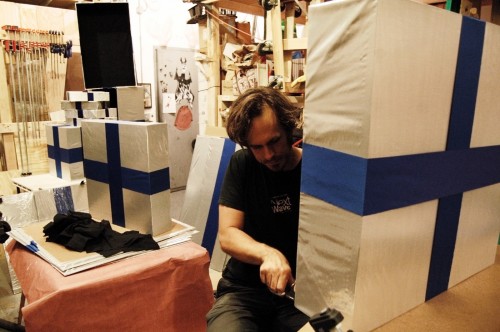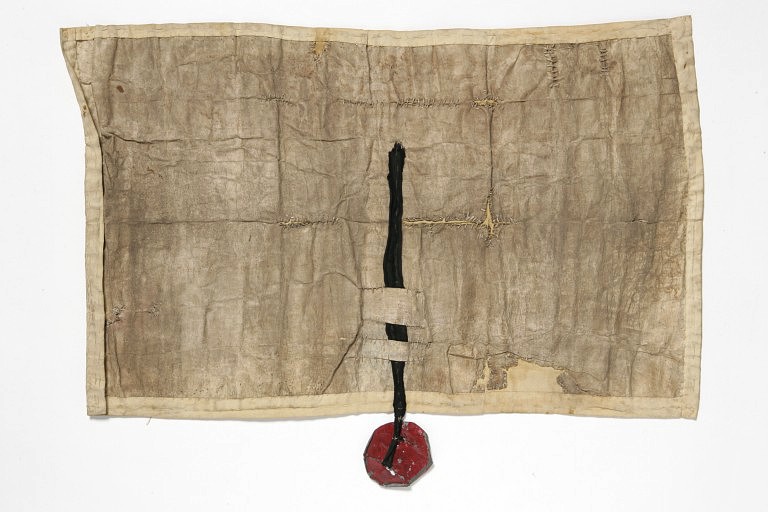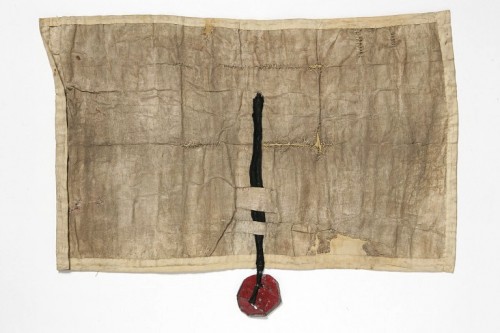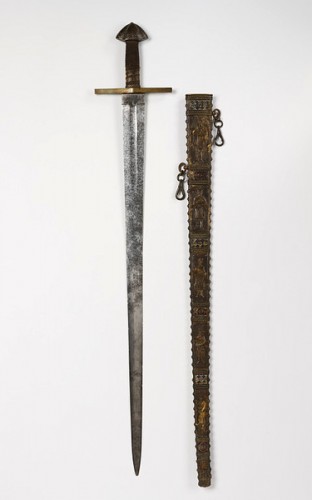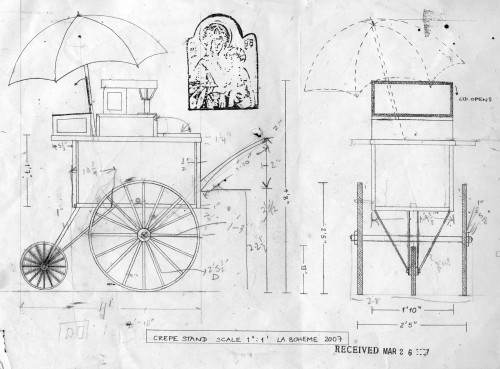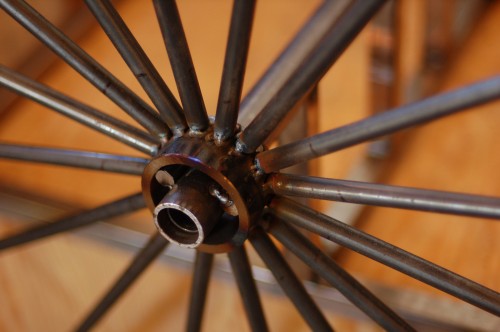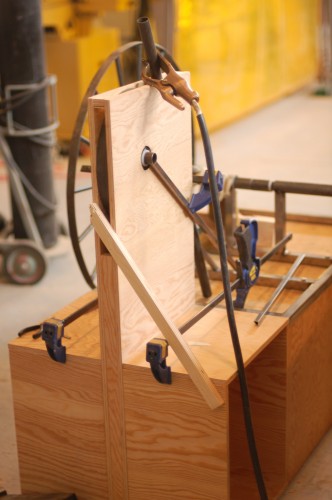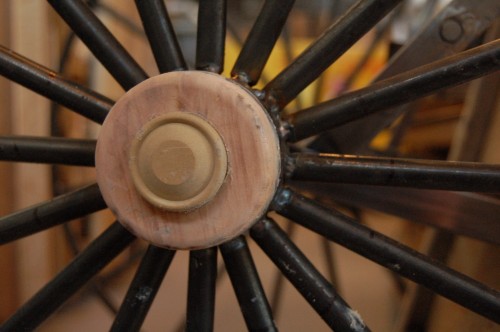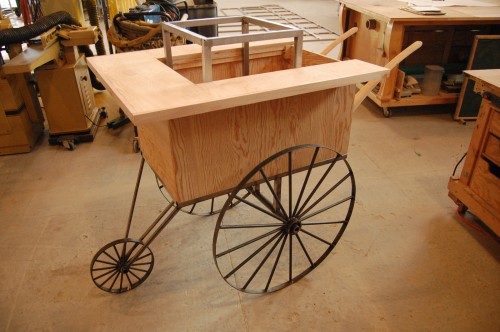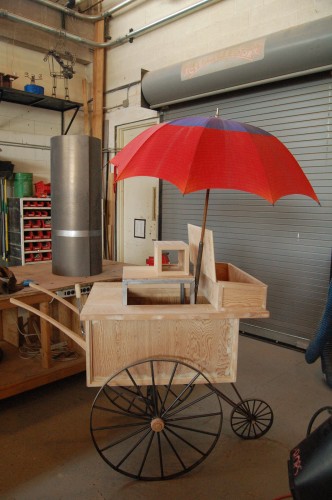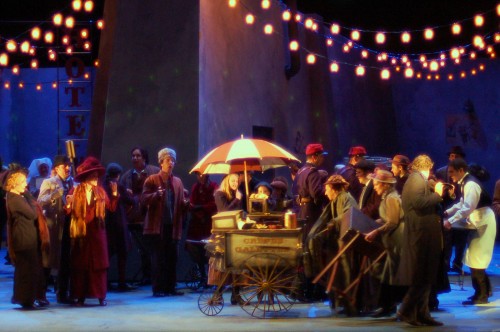It’s been an intense two months of writing here as I plowed through the lion’s share of my book, The Prop Building Guidebook: For Theatre, Film and TV. I am sorry you have to wait until February of next year before you can get your hands on a copy, because it is starting to take shape into something really exciting. Prop building books come along rarely, and having read just about all of them, I can honestly say there has never been a book like this one.
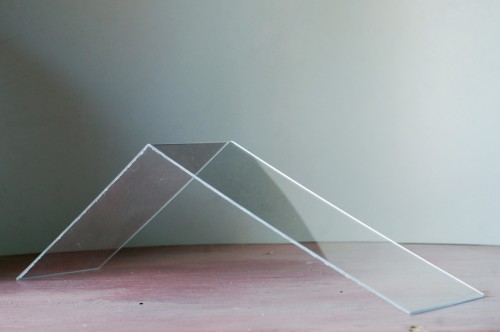
When I first had the germs of the idea for this book way back in 2008, I never knew where it would take me. The paper I presented at the 2009 SETC Theatre Symposium discussed a theoretical approach to constructing props. I also knew I wanted my book to have a lot of practical information; not so much a list of “this is how props people do this, and if you do it differently, you’re not a real props person”, but rather, a survey of the numerous materials and methods used by prop makers all over the country working in all kinds of situations (and budgets). As I’ve typed away for the past eight months, I’ve watched these two concepts—the theoretical approach and the practical methods—start to come together into a cohesive whole. I began writing this book to make the kind of book I always wanted to read, and after the batch of chapters I just submitted, it is finally starting to turn into that.
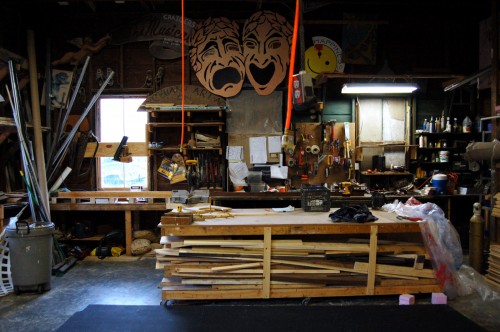
It is also surprising how much I have been learning while writing this book. I mean, I knew I would have to look up some information and practice some of the crafts I normally do not do, but when it comes to the sheer amount of knowledge that a prop maker can possess, it was like I was starting from scratch. What I didn’t know could literally fill a book—this book. If you come to this blog to learn what I know, imagine what you’ll learn from this book.
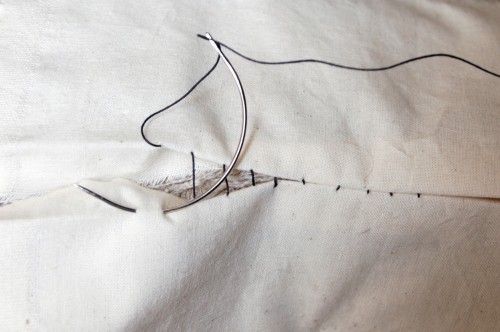
The rest of my book is due at the beginning of June, and then I have a few months to edit the whole thing. By the fall, I should have the website for the book up and running, and I may begin posting some of the videos I am making to complement portions of the text. Hopefully between that and this blog, I can continue serving your prop needs until the book comes out.
